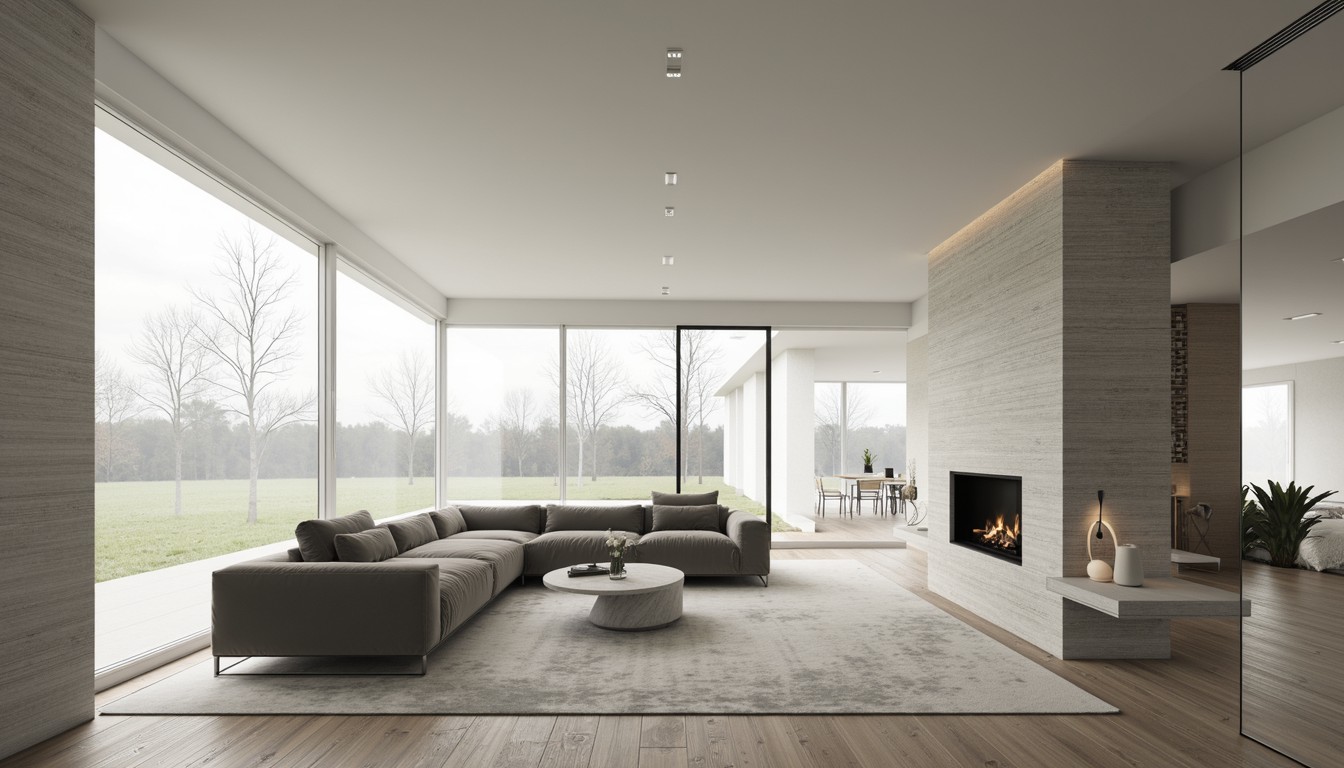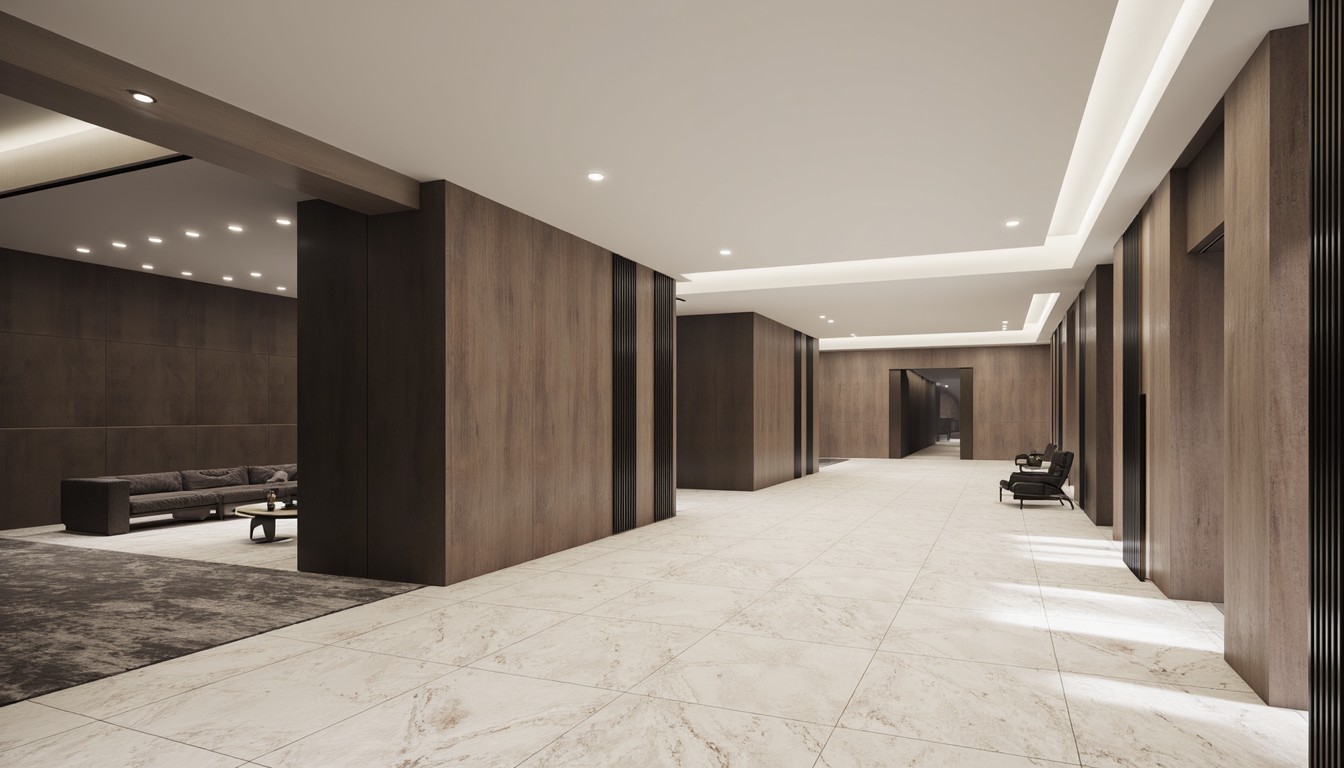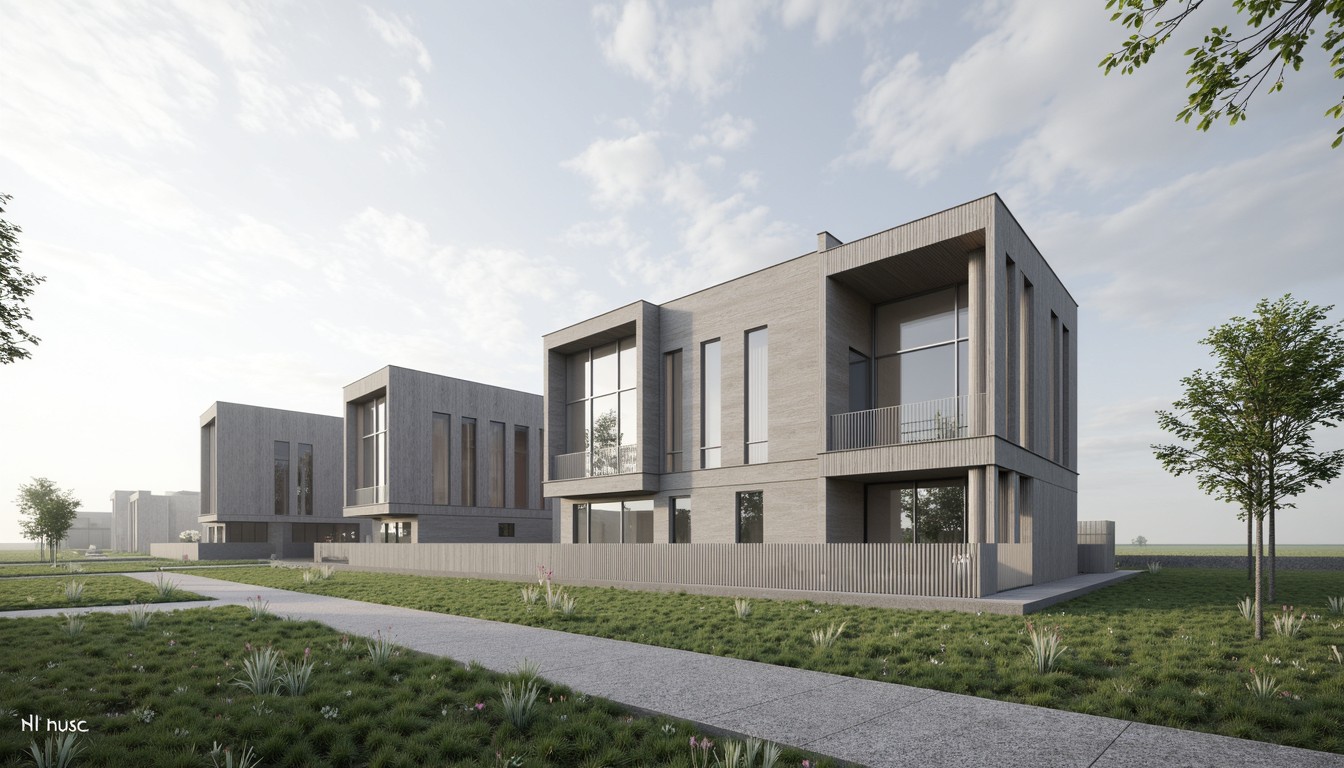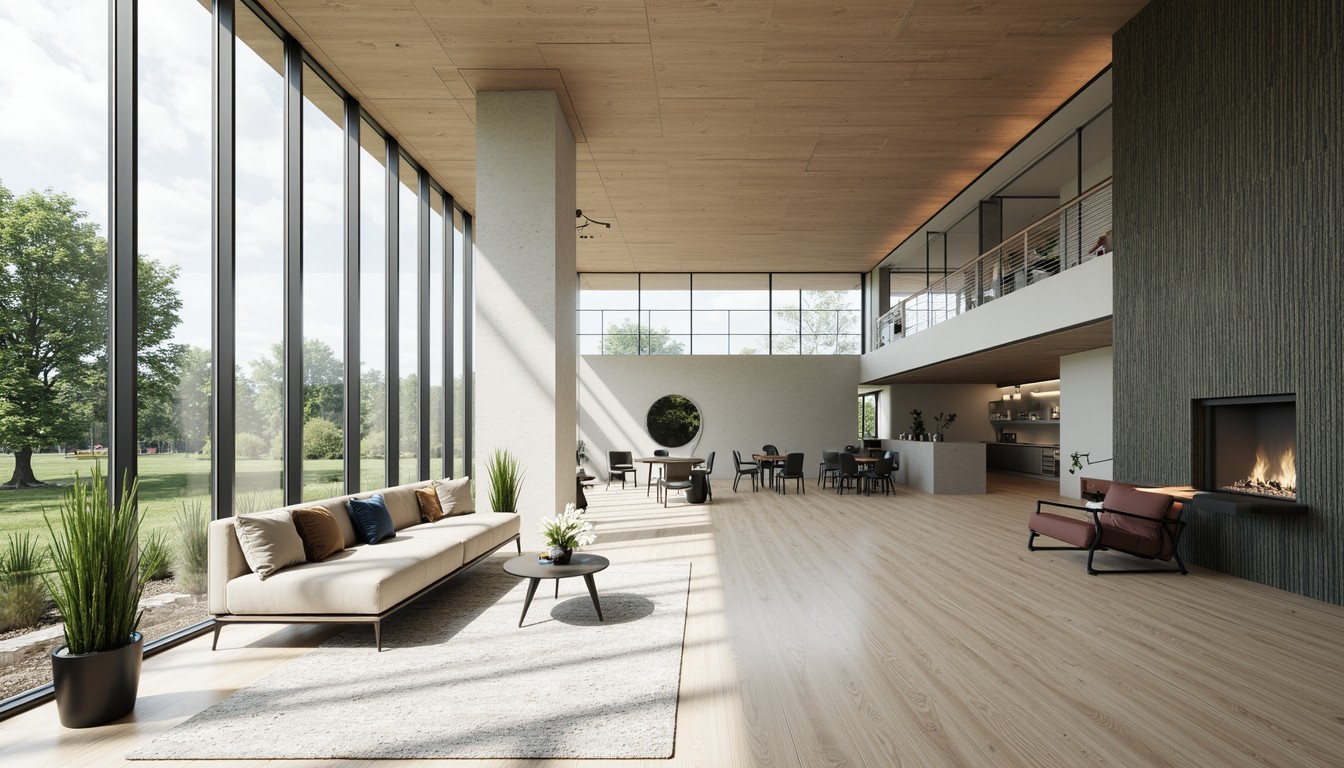AI-Powered Space Planning: A Design Revolution
The architectural landscape is undergoing a dramatic transformation, fueled by the rapid advancement of artificial intelligence (AI). One area experiencing particularly significant disruption is space planning. Gone are the days of painstaking manual drafting and iterative revisions. AI-powered space planning tools are revolutionizing the design process, offering unparalleled efficiency, creativity, and accuracy. ArchNav, a leader in architectural visualization, explores this exciting development and its implications for the future of design.
Understanding AI's Role in Space Planning

AI's impact on space planning stems from its ability to process and analyze vast amounts of data with incredible speed and precision. Traditional space planning often involves numerous iterations, manual calculations, and potential for human error. AI algorithms, however, can analyze building codes, client requirements, site constraints, and even design trends to generate optimized layouts in a fraction of the time. This includes:
- Automated Layout Generation: AI can generate multiple space planning options based on specified parameters, allowing architects to explore a wider range of possibilities.
- Optimizing Space Utilization: AI algorithms identify the most efficient use of space, maximizing functionality and minimizing wasted area. This is especially crucial in high-density urban environments.
- Compliance and Code Checking: AI can automatically check designs against building codes and regulations, ensuring compliance and reducing the risk of costly revisions.
- Predictive Modeling: AI can predict the flow of people and traffic within a space, enabling architects to optimize circulation and improve user experience.
- Data-Driven Design: AI can integrate data from various sources, such as occupancy sensors and environmental data, to create more responsive and sustainable designs.
Real-World Applications of AI in Space Planning
The applications of AI in space planning are diverse and far-reaching. Here are some examples:
- Residential Design: AI can optimize the layout of homes based on family size, lifestyle, and budget, generating multiple floor plan options for clients to choose from.
- Commercial Office Design: AI can create efficient and collaborative office spaces by analyzing workflow patterns and employee needs. This can improve productivity and employee satisfaction.
- Healthcare Facility Design: AI can optimize the layout of hospitals and clinics to improve patient flow, reduce wait times, and enhance infection control.
- Retail Space Design: AI can analyze customer behavior and product placement to optimize retail store layouts for increased sales and customer engagement.
- Educational Facility Design: AI can create learning environments that promote collaboration, engagement, and accessibility for students with diverse needs.
Benefits of AI-Powered Space Planning

The advantages of incorporating AI into the space planning process are numerous:
- Increased Efficiency: AI significantly reduces the time and effort required for space planning, allowing architects to focus on more creative aspects of the project.
- Improved Accuracy: AI minimizes human error, ensuring accurate and compliant designs.
- Enhanced Creativity: AI can generate innovative and unexpected design solutions that architects might not have considered otherwise.
- Cost Savings: By optimizing space utilization and minimizing revisions, AI can help reduce project costs.
- Better Client Collaboration: AI-powered tools can facilitate better communication and collaboration between architects and clients.
Challenges and Considerations
While AI offers significant advantages, it's crucial to acknowledge potential challenges:
- Data Dependency: AI algorithms require large amounts of high-quality data to function effectively. The accuracy of the output is directly related to the quality of the input data.
- Integration with Existing Workflows: Integrating AI tools into existing architectural workflows can require significant adjustments and training.
- Ethical Considerations: Concerns around data privacy and algorithmic bias need careful consideration.
- Cost of Implementation: Implementing AI-powered space planning tools can involve upfront costs for software and training.
The Future of AI in Space Planning

The future of AI in space planning is bright. As AI technology continues to evolve, we can expect even more sophisticated and powerful tools to emerge. This includes advancements in:
- Generative Design: AI will play an increasingly important role in generating highly customized and optimized designs based on specific client needs and site constraints.
- Virtual and Augmented Reality Integration: AI will be integrated with VR and AR technologies to provide immersive experiences for clients and architects.
- Sustainable Design: AI will be instrumental in creating more sustainable and environmentally friendly designs by optimizing energy efficiency and resource utilization.
ArchNav: Your Partner in AI-Powered Architectural Visualization
ArchNav is at the forefront of this technological revolution, embracing AI to enhance our architectural visualization services. We leverage the power of AI to create stunning and realistic renderings that accurately reflect the design intent. Our expertise in combining cutting-edge technology with artistic vision ensures our clients receive the highest quality visualizations, helping them effectively communicate their design ideas and secure approvals. Contact us today to learn how ArchNav can help you harness the power of AI for your next project.
